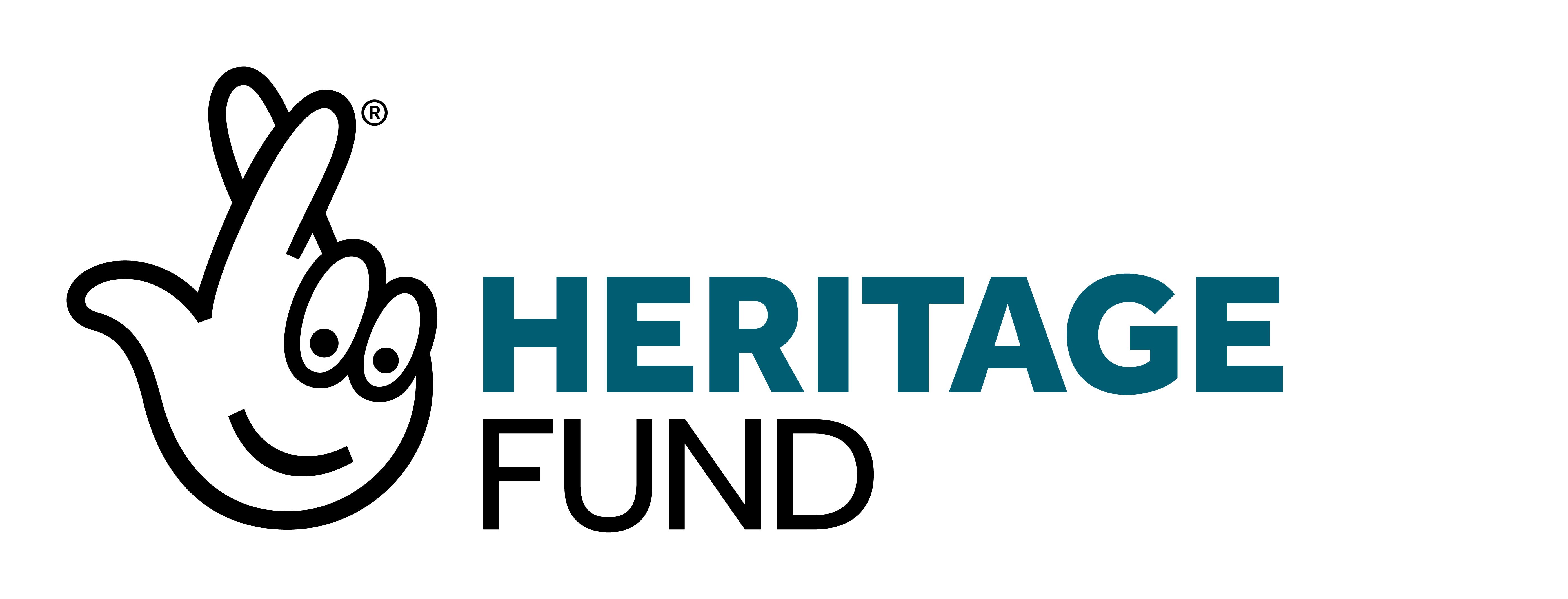The research secrets behind Brighton Museum’s acclaimed exhibition, Queer the Pier
 Erased, hidden or simply thrown-away.
Erased, hidden or simply thrown-away.
A prevailing theme of the exhibition is just how little of our rich queer heritage has been recorded and archived. So, faced with these challenges, how did we manage to collect over 100 objects for the exhibition?
The short answer is luck; reaching out to our LGBTQ+ communities and contacting people of interest. One example of this was where the chance sighting of an embroidered sampler by transgender prisoner Sarah Jane Baker, in a small display case at The Keep – the Sussex archives – led us to be able to include her story in the exhibition.
Though perhaps the most striking example of good fortune was the discovery of a huge collection of photo albums, war medals and personal effects belonging to a lesbian couple from Worthing. Found by someone known to the Exhibition’s lead curator, E-J Scott, the hoard would most likely would have been thrown away had it not come to the attention of queer historian and collector, James Gardiner. We are pleased to say that so important is the collection now deemed to be that it has found a permanent home at Worthing Museum.
The slightly longer answer to the question about how we managed to hunt down so many items relating to Brighton and Sussex’s queer past, was building on little bits of knowledge we did have, in the hope that it might lead to something bigger.
For instance, knowing that Bill Butler, the owner of the Unicorn Bookshop in the North Laines from 1967-1972, was not only openly gay but also a poet, led us to the discovery of a wonderful poem about ‘cottaging’ (the practise of looking for sex with other men in public toilets) on the inside back cover of one of the many hundreds of radical magazines printed by the shop and now stored at The Keep.
It was connections like these that made working on the exhibition so thrilling; like being able to reunite the actual banner from an infamous anti-Clause 28 rally through Brighton town centre - on loan from collector and historian, Alf le Flohic - with 38 black and white photographs of the event taken by another lender – Paul Clift.
A reunion made even more remarkable by the fact that Alf only became involved in the Exhibition after being approached by myself and another community curator, Janet Jones, because of his in-depth knowledge about conjoined twins and vaudeville stars, Violet & Daisy Hilton – whose fascinating lives are also celebrated in Queer the Pier.
Comprising largely of flyers, magazines and badges, Alf’s collection underlines the fact that we each of us have more history than we think! Indeed, it was only through working on the exhibition that I realised how much I myself had that counted as history.
So, how did we manage to gather so many objects? Luck? Yes. Building on existing knowledge? Absolutely. But for me, the most important aspect. And the one that will be so important to the success of our digital museum, was understanding that we all have items that are worth preserving.
So please, look under your bed, at the back of your sock drawer, in your attic. Whether you are 18 or 80 – you will have things that celebrate our queer history. Dust them down, take a few photos with your phone and upload them to our site today.

